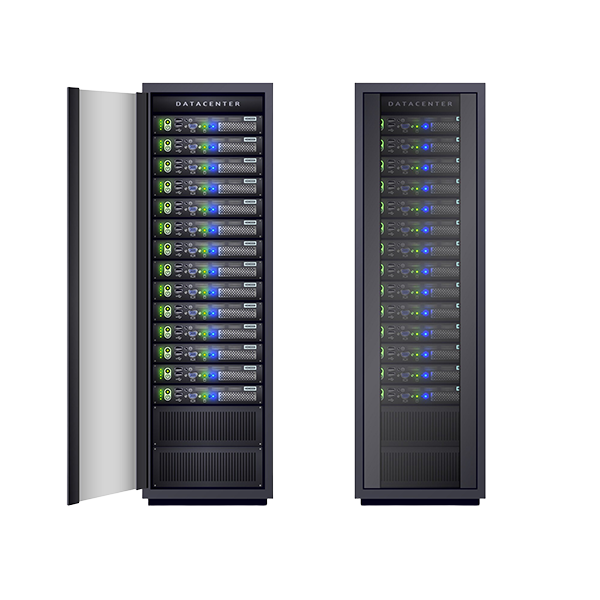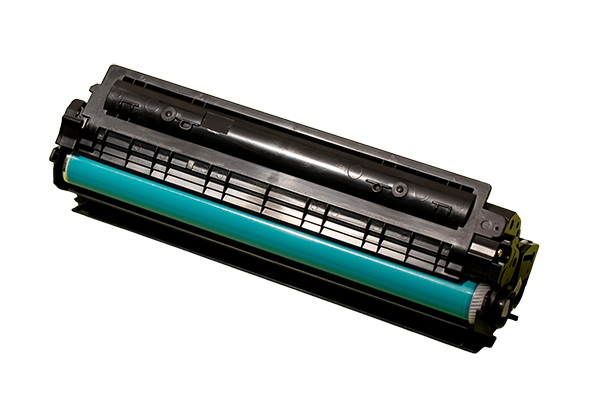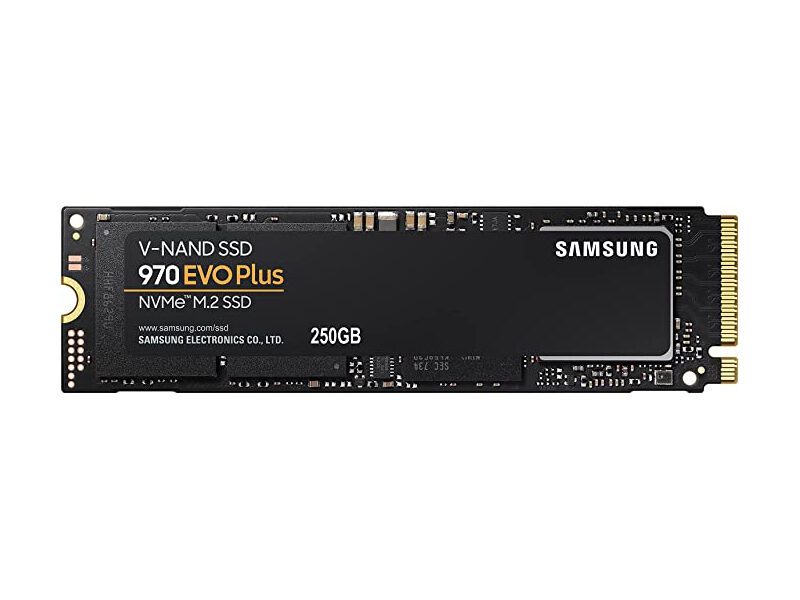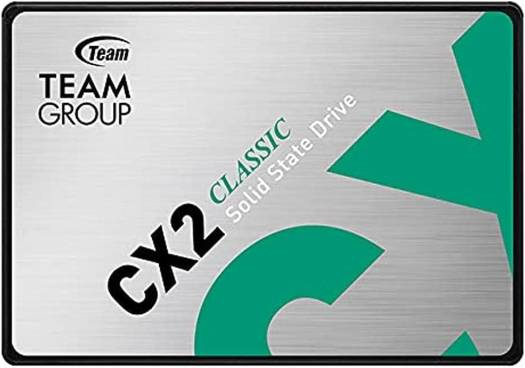Key Features:
- Capacity: 512GB
- Form Factor: 2.5-inch (fits standard laptop and desktop drive bays)
- Interface: SATA III (6 Gb/s)
- Sequential Read Speeds: Up to 550 MB/s
- Sequential Write Speeds: Up to 500 MB/s
- NAND Flash Type: 3D NAND
- Endurance: Designed for typical consumer workloads (no specific TBW rating provided)
- Warranty: Typically comes with a 3-year limited warranty
Use Cases:
- General Use: Faster boot times, quicker file transfers, and improved system responsiveness.
- Upgrading Older Systems: Ideal for replacing slower HDDs in older laptops or desktops.
- Gaming: Faster load times for games compared to HDDs.
- Everyday Computing: Suitable for web browsing, office tasks, and media consumption.
- Light Content Creation: Can handle moderate workloads like photo editing and light video editing.
Pros:
- Affordable: Offers excellent value for the capacity and performance.
- Easy Installation: Fits into standard 2.5-inch drive bays, making it compatible with most laptops and desktops.
- Energy Efficient: Low power consumption, which is great for laptops.
- Reliable: No moving parts, making it more durable than traditional HDDs.
- Good Capacity: 512GB provides enough space for the operating system, applications, and a decent library of games or media files.
Installation:
- Power Off: Turn off your system and unplug it.
- Open Case: Access the internal components of your PC or laptop.
- Locate Drive Bay: Find the 2.5-inch drive bay (or use a 3.5-inch adapter for desktops).
- Connect Cables: Attach the SATA data cable to the motherboard and the SATA power cable from the power supply.
- Secure SSD: Mount the SSD in the drive bay using screws.
- Boot Up: Power on your system and initialize the SSD through your operating system.






















Reviews
There are no reviews yet.